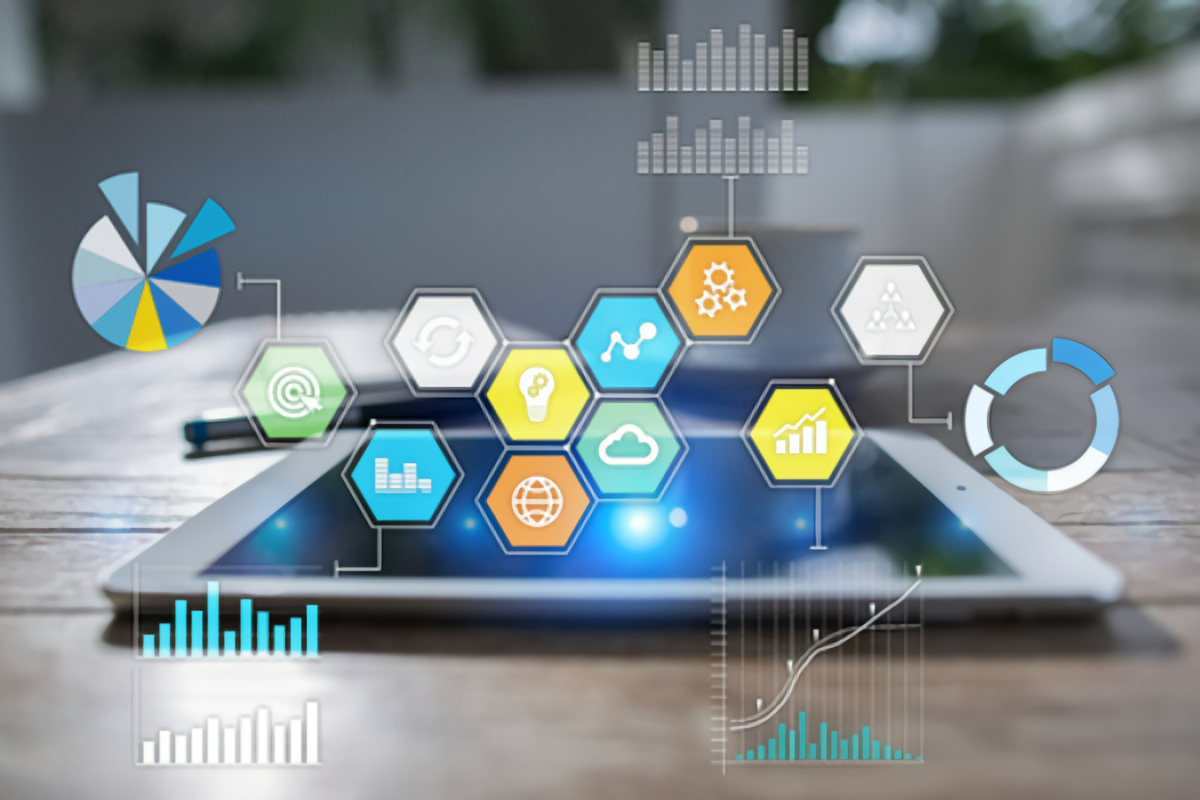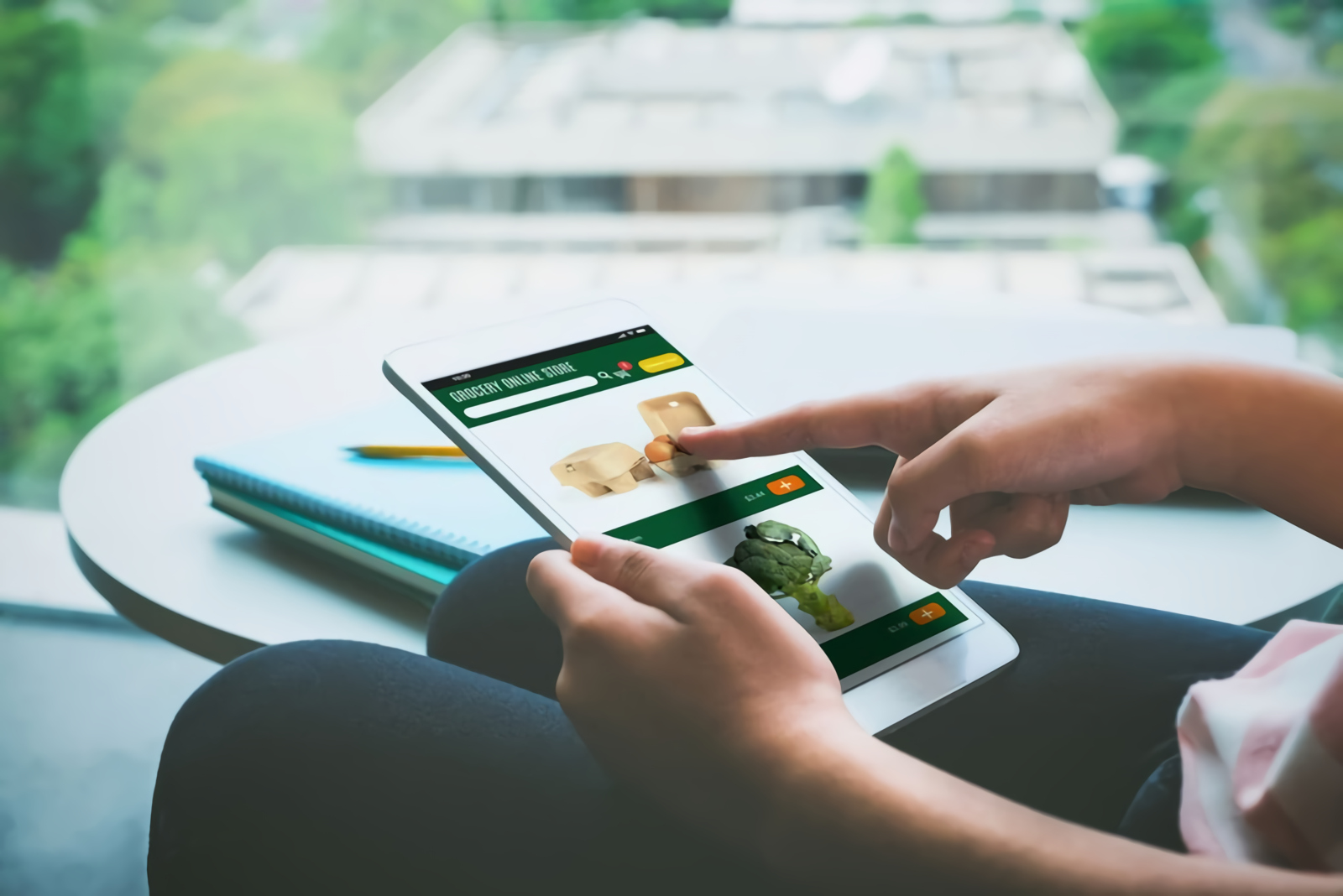We are discussing digital technologies used by Consumer Goods organizations to stay at the forefront of success in Retail Execution. You may wonder if digital technology is right for you in the first place. Rest assured, it is; read on for reasons why you need it and information about 3 technologies you can use to your advantage.


Social Impact. Sustainability and corporate social responsibility are watch words these days when it comes to CPGs. Consumers want to know that the companies they support with their dollars are forthcoming on where, how, and who grows their food and produces their food products. More detailed labels are a primary consumer issue and the US Food and Drug Administration now requires food companies to include better sugar information on their food labels. The current consumer trend supports small, local brands because that action provides the means to support their local community, and promises more healthy alternatives to non-locally produced food items. Millennials especially look for products that reflect their social values. Small businesses no longer aspire to rise as the biggest company in the widest market place. They strive to offer authentic and relevant value to their customer base.
New Digital Technology Makes Retail Execution Easier The following paragraphs show how digital technology is the wave of the CPG future.
Augmented Reality. Consumers today want product information at their fingertips and augmented technology can do that for CPGs. Consumers no longer feel enticed by traditional labels. They want more accurate information on labels and they want it in-store before they buy. For example, IBM’s AR App works on the consumer’s smart phone as an augmented shopping adviser. IBM’s research found that 19% of shoppers browse their smart phones while shopping. They developed the AR App to provide those same customers with personalized product information while in the store. Conver se shoes also has an app that allows customers to virtually try-on any shoe in their catalog to see how it will look on their feet. Consumers can then buy the shoes through the app interface — without ever leaving home. Further, AR can be used in setting displays and managing planograms in the office and at the store.
Image Recognition. Consumers love simplicity. They don’t like navigation systems that require clicking through too many screens before reaching their desired destination. They no longer want to cut out paper coupons from the newspaper, organize them, and then catalogue them for each shopping trip and by store aisle. Digital technology makes it possible to take snapshots of their store receipts and submit them digitally on the company’s website or by text from their smart phone. Digital receipt processing cuts down on time, eliminates inconvenience represented by clipping newspaper coupons, and reduces the manufacturer’s cost of running such campaigns. Best of all, the consumer can do it all without leaving his kitchen. The same technology enables reps and store managers to process invoices and accept signatures for receipt and payment using a mobile device.
Intelligent Automation has reached the stage that chatbots can provide your field force with automated messaging and carry out a number of the steps to guide the sales process to recommend the next best SKU. On the front end of consumer engagement, chatbots can automate the customer service process. In fact, 44% of U.S. consumers already prefer chatbots to humans for customer relations.
To learn more about technologies and trends impacting the consumer goods industry, look for upcoming posts on ivy mobility.